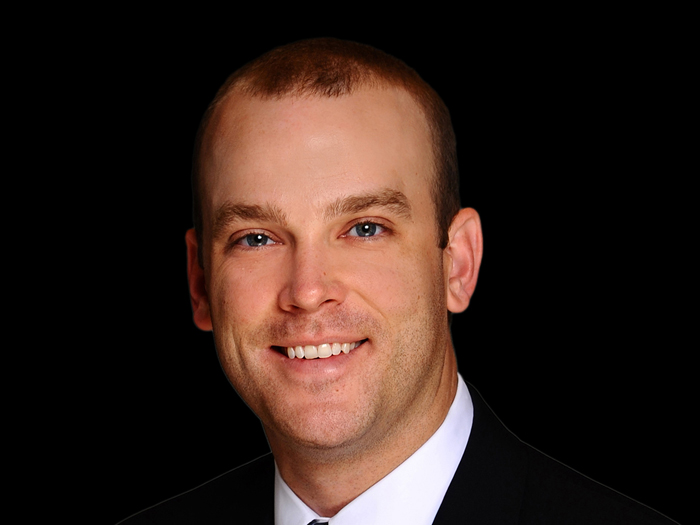Risk Insider: Eric Copple
The Cost of ‘Worry’
My baby boy started high school a few weeks ago. Worry. Everything that I faced in high school came flooding back and immediately projected onto his life: temptations, hormones, that trigonometry final junior year, not to mention the unfunded college account. Worry.
Worry has a cost. That cost can be money, time, attention or contentment. Worry can cost your business or organization the chance of accomplishing something great. If risk can be defined as “uncertainty,” and worry can be defined as “a state of uncertainty,” then worry is a risk.
And if worry is a risk, it should be managed. Worry should be on every risk manager’s risk log.
And if worry is a risk, it should be managed. Worry should be on every risk manager’s risk log.
Risk management has been accused of being the Department of Worry, as if we create worry. But we do not. As a colleague of mine says, risk management “should be the Department of Better.”
The opposite of worry is not contentment or success or bliss. The opposite of worry by definition is faith. It is faith that gives you complete trust or confidence in someone or something.
So how do risk managers and business leaders turn worry into faith? We focus on what we do best: planning, systems and action. Shine a light on worry down to its roots: “the unknown tomorrow.” Then create a plan and act on that plan.
Risk managers should be relied upon as standard-bearers for faith, the opposite of worrying. Our goal should be to build faith into the plan.
As risk managers, we feel relevant when we help organizations succeed. Wouldn’t you be proud to hear from your client or boss, “This is our risk manager. She builds faith into our business plan.”
There is an old American proverb that states, “Action is worry’s worst enemy.” If action is truly the antidote to worry, then why do so many organizations fail to act, at least to the point where they can build some faith and trust? Instead, they continue to worry and absorb the cost.
Worry invests organizational focus, time, and energy into “prevent defense” mode rather than focusing on the next innovative play that could put points on the board, and could create that new product or service or opportunity.
What opportunity is your organization missing because you are worried about an uncertainty and failing to take action, an action that will produce faith in your people, your organization and its future?
Let’s add worry to the planning list and develop a system to address it within the organization. Stay dedicated to the mission, the high ideal that the company was founded on. Keep innovating, but plan and act.
Worry has a cost. Worry can rob your organization of its “best possible future.” Worry has the potential to rob me of the joy of the last few years I will have with my son living under my roof, watching him grow and become a man.
Instead of succumbing to worry, I will choose to spend my time producing faith and trust by helping him create an exciting plan to navigate the next four years and praising his good decisions.










